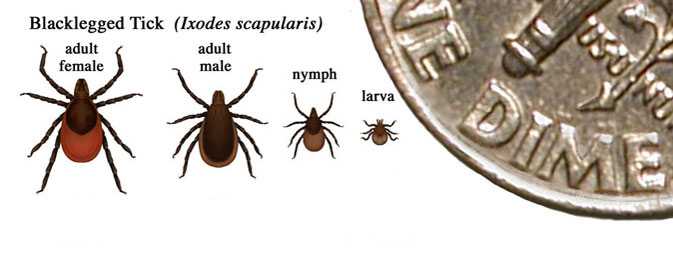Lyme disease is caused by the bacterium Borrelia burgdorferi and is transmitted to humans through the bite of infected blacklegged ticks. Typical symptoms include fever, headache, fatigue, and a characteristic skin rash called erythema migrans. If left untreated, infection can spread to joints, the heart, and the nervous system. Lyme disease is diagnosed based on symptoms, physical findings (e.g., rash), and the possibility of exposure to infected ticks. Laboratory testing is helpful if used correctly and performed with validated methods. Most cases of Lyme disease can be treated successfully with a few weeks of antibiotics. Steps to prevent Lyme disease include using insect repellent, removing ticks promptly, applying pesticides, and reducing tick habitat. The ticks that transmit Lyme disease can occasionally transmit other tickborne diseases as well.
Helpful Links
- Video: Feeling Worse After Treatment? Maybe It’s Not Lyme Disease
- Video: CDC Public Health Grand Rounds, Emerging Tickborne Diseases, March 21, 2017
- Video: CDC Public Health Grand Rounds, Lyme Disease: Challenges and Innovations, May 19, 2011
- Tickborne Diseases of the United States: A Reference Manual for Health Care Providers, Fourth Edition (2017) [PDF – 21 pages]
- Free CME
- Travel information
- Lyme Disease––Workplace Safety and Health
HHS Special Webinars on Lyme and Tickborne Diseases
- 2017 HHS joint webinar: Updates in Tickborne Disease Diagnostics
- 2016 HHS joint webinar: Trends in Tickborne Diseases
- Vaccines for Lyme Disease – Past, Present, and Future, June 17, 2015
- Lyme Disease Persistence, 2014
- Novel and Emerging Tickborne Diseases – Agents, Clinical Features, and Surveillance, 2013
- Lyme Disease Diagnostics, 2012
Get Email Updates
To receive email updates about this page, enter your email address:
- Page last reviewed: March 4, 2015
- Page last updated: August 14, 2017
- Content source:


 ShareCompartir
ShareCompartir


